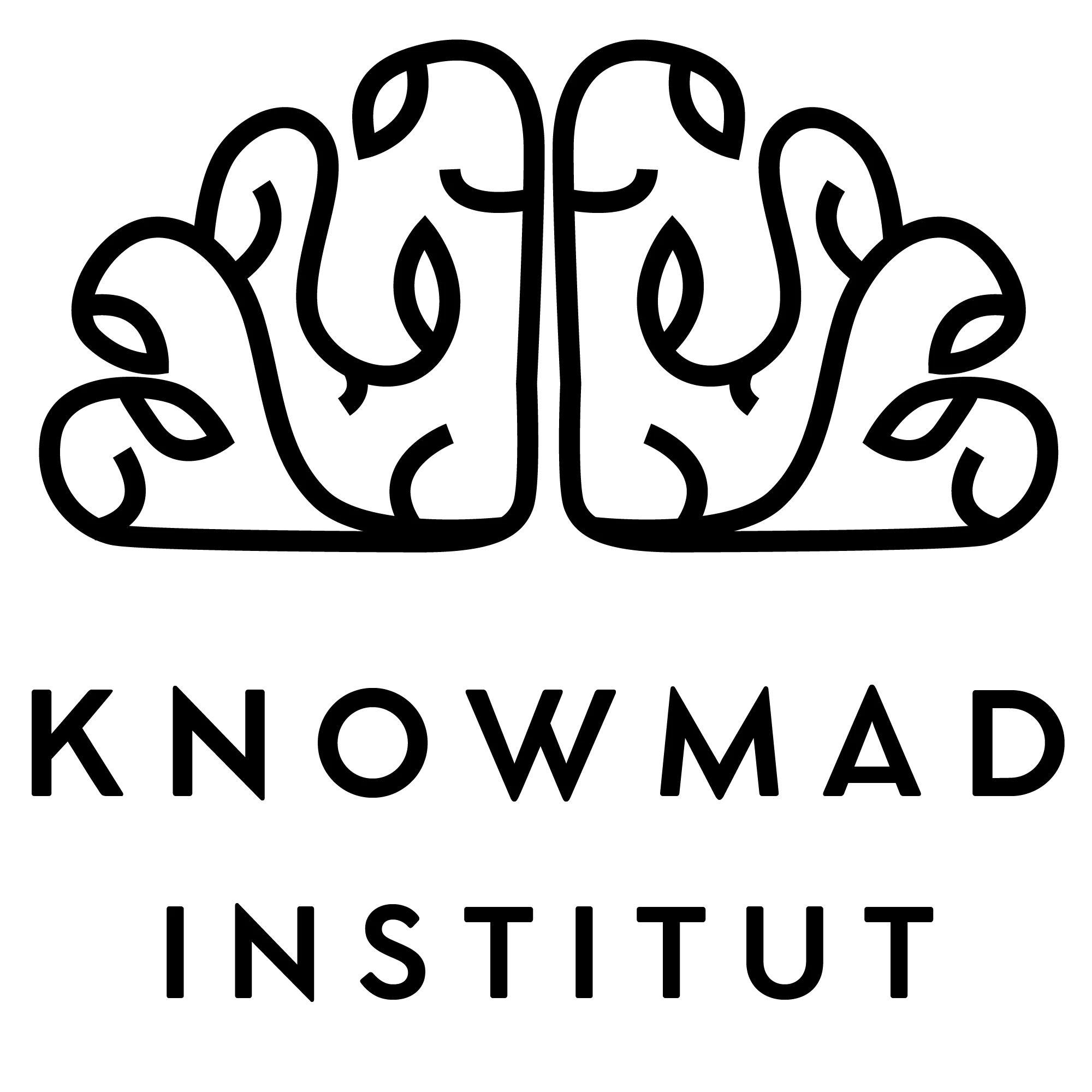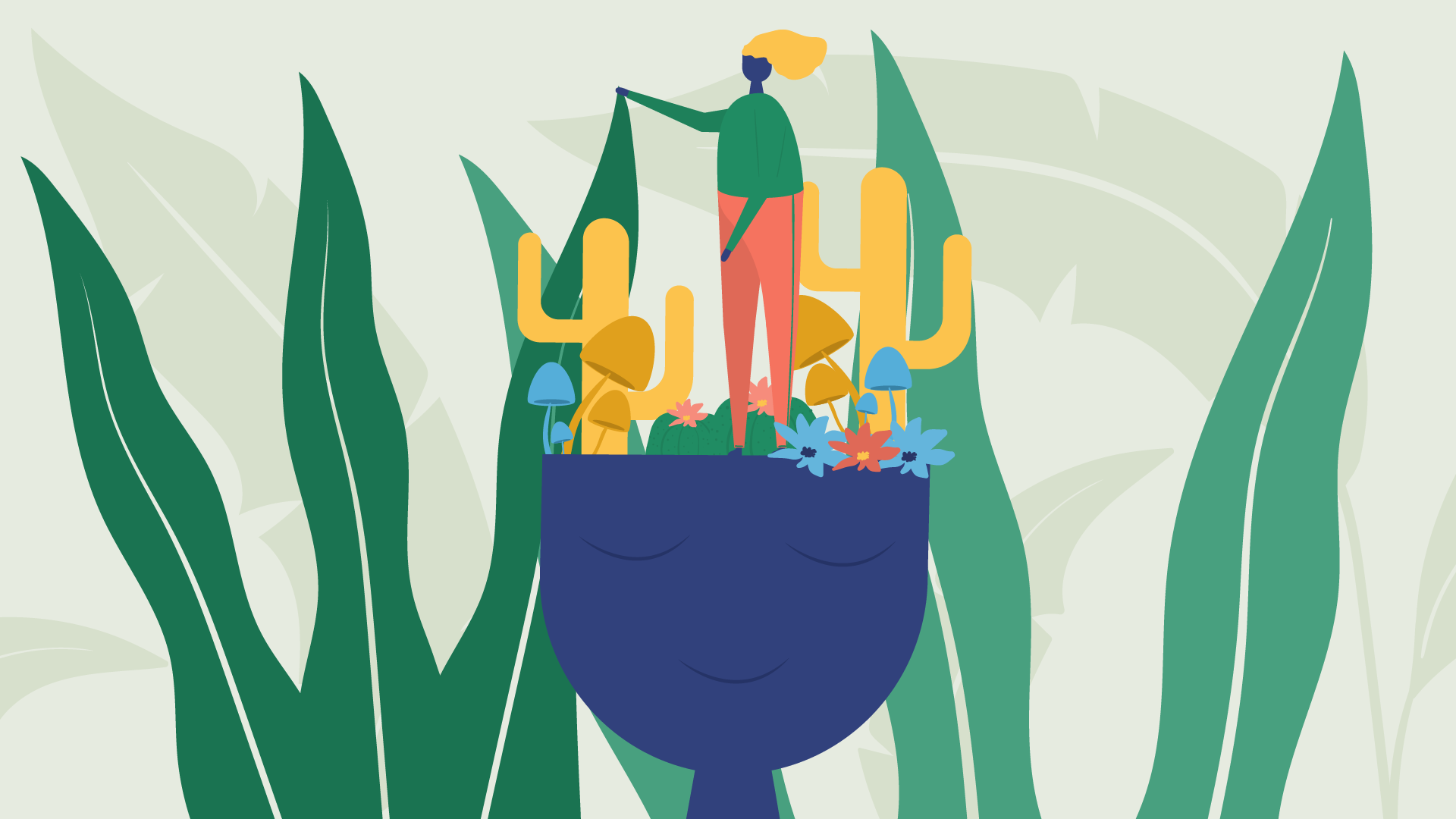Sacred plants or psychedelics?
All around the world, there are a number of plants, mushrooms, and animals which contain psychoactive substances which interfere with the human perception of sight, sound, and smell. These can be accompanied by emotional statuses that lead the user to the sensation of enlightenment or to a transcendental experience.
The majority of this type of plants have been termed as ‘hallucinogenic’, or as ‘psychedelic’ – mind-revealing substances – or as ‘entheogen’ – which reveals the God within you (Samorini, 2001). The American continent is the part of the world where the largest number of sacred plants that are linked to the development of the ancient tribes may be found.
Within the continent, Mexico is the country where the highest diversity of sacred plants is found owing to the magic connection the indigenous groups have developed with them. This is the example of the ‘peyote’ and the Wixarikas tribe in the northern part of the country.
Likewise, it is known that as many as 24 species of hallucinogenic mushrooms that the Aztec tribe named ‘Teonanacatl’ are found in Southern Mexico alone. The use of Salvia divinorum to predict the future in the Oaxaca region is also documented, as well as the ‘Ololiuhqui‘ and some types of Datura such as the ‘toloache’ or the ‘floripondio‘ (Hofmann and Schultes, 1983).
After Mexico, the area with the highest diversity of psychedelic flora which has been traditionally linked to spiritual or magical rituals is South America. In Bolivia and Peru, for example, the San Pedro cactus is used as the base of a drink called Cimora. This drink is utilized in ceremonies where the person drinking it has religious hallucinations. Likewise, the coca leaves are used for rituals that connect man with nature through ceremonial trances or a cure for altitude sickness.
Ayahuasca, Yage or Caapi is the most important holy plant in South America. It has different names across the regions, and it is mostly found in tropical and sub-tropical areas of the Amazon – Peru, Ecuador, Bolivia, Brazil, Colombia and Venezuela. After mixing the two vines – ayahuasca and chacruna – these are taken in a ceremonial context, accompanied by a spiritual guide. The consumption of Ayahuasca for the indigenous groups in the Amazon is seen as a “means for freeing one’s soul from its body limits, in order for it to freely travel in the outer space and to return to it at will […] the freed soul shifts from the daily reality to a wonderful world, which is perceived as real, from where it is possible to communicate with the ancestors” (Hofmann and Schultes, 1983).
The sacred plants are characterized by a number of phenomena related to their ritual and medicinal uses. These are seen as the connectors to the sacred world, through altered states of consciousness and through the guidance of a ‘shaman’, healer, or medium, or on one’s own.
The sacredness of things is manifested through acts, situations, and places that are charged with it, where the sacred is given total attention during the religious experience. The follower’s belief is activated through ‘hierophanies’ displaying meaningful religious objects and situations (Eliade, 1998).
How are sacred plants related to mental health?
When the sacred plants were first studied, psilocybin, mescaline, and ergotamine were classified as common psychedelics. This categorization has been very helpful to Psychiatry and Neuroscience Research during the 1950-1960 decade, as these substances contributed to the birth of molecular neuroscience as well as to a deeper understanding of psychological disorders and psychopharmacology (Johnson et al., 2018).
During the first studies, it was demonstrated how individuals experience mystical realities upon consuming these common psychedelics. These experiences are very subjective and similar to what has been reported in different cultures and religions which particularly emphasize the feeling of unity.
In the early 1970s in the States, when these common psychedelics became popular for their recreational use and their association with the counter-culture, the academic world began researching into their potential on humans.
Epidemiological studies have shown a possibility that the non-psychological use of common psychedelics may lead to a healthy mind and a positive attitude towards society. However, it is clear that some individuals may be adversely affected by these substances if they are not supervised (EMCDA, 2016).
At the moment, some studies are suggesting that some of the most common mental disorders may be cured with common psychedelics such as psilocybin to treat depression (Carhart-Harris et al., 2016), and MDMA, a synthetic psychoactive substance, to treat post-traumatic stress (Barone et al., 2019).
A recent study has tackled the efficacy of the use of common psychedelics (psilocybin, mescaline, and LSD among others) which are suggested to improve mental health and creativity through micro-dosing (Anderson et al., 2018).
Brain screening studies have allowed researchers to document the neurobiological mechanisms and pathways of these common psychedelics, increasing our understanding of the human brain, the serotoninergic system, and the neurobiological basis of our consciousness.
The existing connection between the sacred plants and mental health is thus explained through the aforementioned clinical and research studies on brain functioning, psychopharmacology, epidemiological studies, treatment efficacy, and the mystical experiences described across cultures. These studies have suggested that common psychedelics may well have medicinal potential and can also be used as tools to investigate the spiritual world, the mechanisms of our brain, and human behavior in general (De Gregorio et al., 2018).
This conclusion leaves plenty of doubt for the current social contexts and models which cannot grant access to treatment with psychedelics. Indeed, in the majority of the countries, these substances are denied to patients by worldwide prohibitionist propaganda.
What about mental health?
The World Health Organisation (WHO) defines mental health as “a state of well-being in which every individual realizes his or her own potential, can cope with the normal stresses of life, can work productively and fruitfully, and is able to make a contribution to her or his community” (WHO, 2004).
Mental health can be promoted by involving the community and the private sector in tandem, as well as via the collaboration with research institutions, mental health experts, decision and policy-makers, as well as people suffering from any mental ailments or their relatives (WHO, 2013).
The promotion of mental health, well-being, and the prevention and treatment of drug abuse make up an important part of the Sustainable Development Agenda 2030, adopted by the UN General Assembly (UN, 2015).
In South America, the mental health public policies are still being developed as not in all countries mental disorders are fully covered by the national health system in place. Moreover, in all South American countries, there are rules and regulations restricting the cultivation, transportation, and consumption of substances including the so-called sacred plants: peyote, ayahuasca, psychedelic mushrooms, coca leaves, San Pedro cactus, salvia divinorum, and more.
The prohibition of drugs has since its origin been implemented as a by-product of colonialism, without giving any importance to the existing cultural beliefs and the related traditional uses of sacred plants. For this reason, the indigenous tribes have been negatively affected at a political, economic, and social level.
The UN Executive Board has recently taken a position on decriminalizing the possession and use of drugs in order to bring about a change in the rules, politics, and practices which harm public health and human rights (UN, 2019).
The proposed new mental health paradigm accepts the cultural rights and uses of the indigenous tribes and ethnic minorities who traditionally consume these substances. This is in favor of the utilization of the sacred plants by these groups, whose ritual heritage, religious wisdom, and medicinal knowledge are today being negatively affected.
Mental health cannot be obtained if a patient is being considered a criminal and is discriminated for the cultural use of the sacred plants.
References
Anderson T, Petrankerz R, Rosenbaum D, Weissman C, Williams A, Huis, K, Hapkes E, (2018). Microdosing psychedelics:personality, mental health and creativity, differences in microdosers. Journal of Psychopharmacology.
Barone W. Beck j & Mitsunaga-Whitten. (2019). Perceived benefits of MDMA – Assiste psychotherapy beyond symptom reduction: qualittaive follow -uo study of a clinical trial for individual with treatment- resistan PTSD. Journal of Psychoactive Drugs. 2019 March 8. Doi:10.1080/02791072.2019.1580805
Carhart-Harris, R. L., Bolstridge, M., Rucker, J., Day, C. M., Erritzoe, D., Kaelen, M., et al. (2016). Psilocybin with psychological support for treatment-resistant depression: An open-label feasibility study. The Lancet Psychiatry, 3(7), 619-627. doi:10.1016/S2215-0366(16)30065-7
De Gregorio, Enns, Nuñez, Posa & Gobbi. (2018). D-Lysergic acid diethylamide, psilocybin and other classic hallucinogens: Mechanism of action and potential therapeutic applications in modo disorders. Progress in Brain Research. Elsevier
Eliade Mircea (1998). Sagrado y profano. Barcelona, Paidos.
European Monitoring Centre for Drugs and Drug Addiction. (2016). European Drug Report 2016: Trends and Developments. Publications Office of the European Union, Luxembourgp
Johnson, MW, Hendricks,PS, Barret FS, Griffiths,RR. (2018). Classic psychedelics: An integrative review of epidemiology, therapeutics, mystical experience, and brain network function. Pharmacology & Therapeutics Journal, December 4, 2018.
Samorini,G. (2001). Los alucinógenos en el mito. La Liebre de Marzo. Barcelona
Schultes R.E & Hofmann A. (1983). Plantas de los dioses: Orígenes del uso de los alucinogenos. Fonde de Cultura Económica. México
Organización Mundial de la Salud. (2004). Invertir en salud mental. Ginebra. Suiza.
United Nations (2015) Transforming our world: The 2030 agenda of sustainable development. Geneve. Switzerland
World Health Organization (2013). Investing in mental health: Evidence for action. Geneve,Switzerland.








